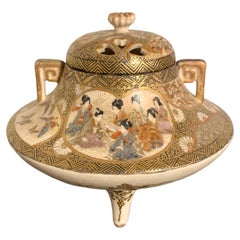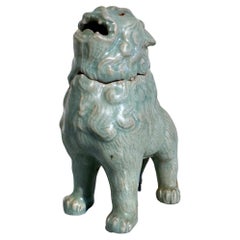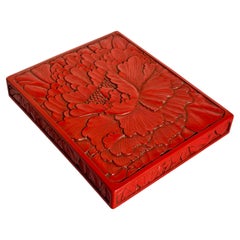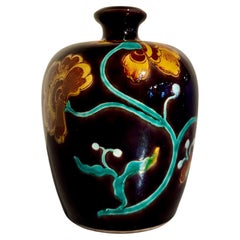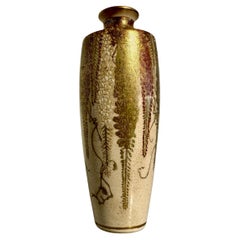Questions & Answers
Our trusted network of 1stDibs sellers answer common questions
What is a censer used for?
1 Answer
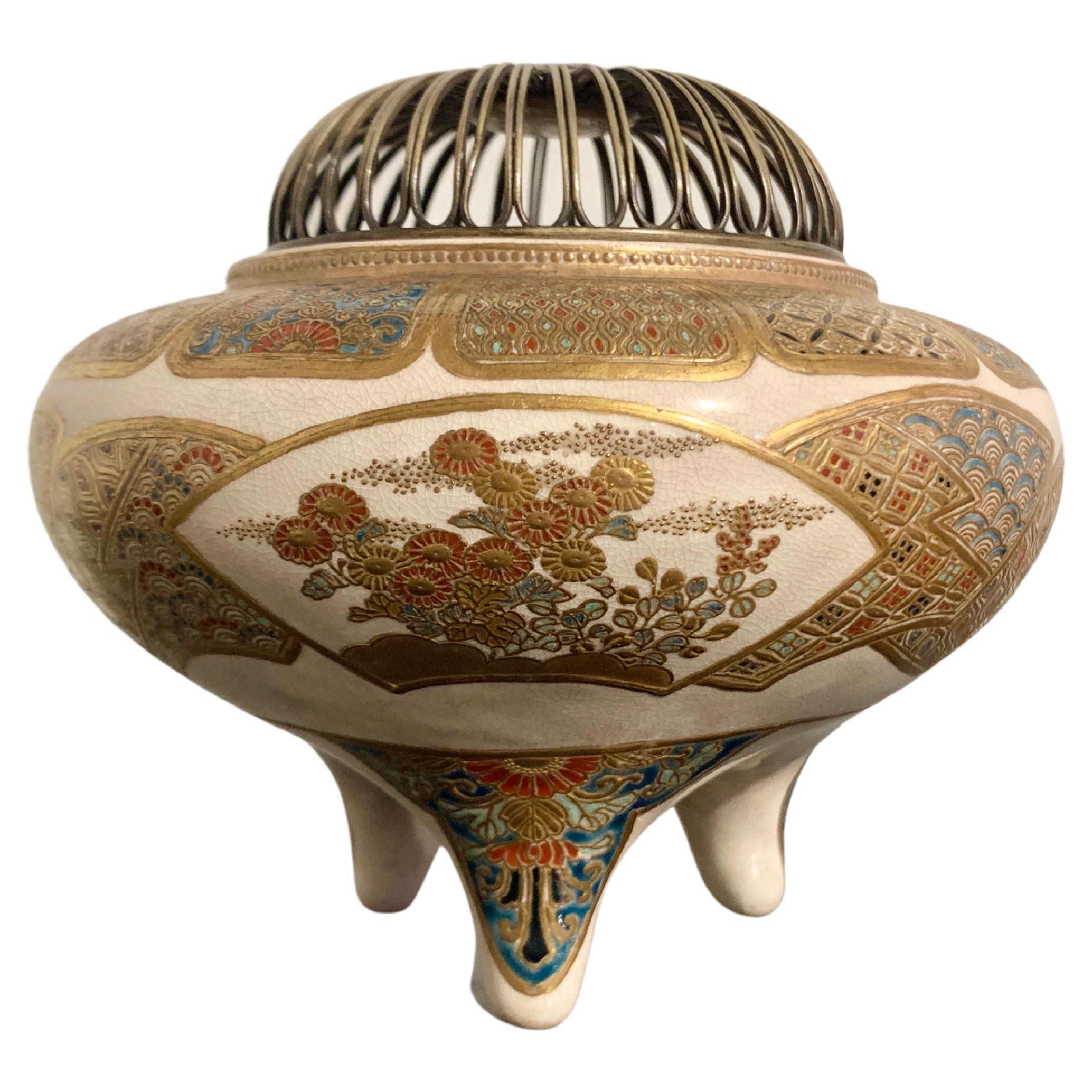
A censer is a vessel used for burning incense. Censers are usually filled with sand or ash to support sticks of incense, or a piece of fragrant wood can be burned on top. They sometimes have covers to disperse the smoke.

Lotus GalleryMarch 17, 2021
Shop for Japanese Censer on 1stDibs
Japanese Aote Kutani Phoenix Censer, Koro, Showa Era, Japan
Located in Austin, TX
1930's, Japan.
The censer, koro, gracefully modeled as a phoenix in flight, and glazed in bold and
Category
Vintage 1930s Japanese Showa Ceramics
Materials
Porcelain
Japanese Satsuma Tripod Censer, Koro, Meiji period, Early 20th Century, Japan
Located in Austin, TX
period, circa 1900, Japan.
The censer, koro, with a compressed body supported by three elegantly
Category
Antique Early 1900s Japanese Meiji Ceramics
Materials
Stoneware
Vintage Japanese Celadon Glazed Shishi Lion Censer, Taisho/Showa, c 1930, Japan
Located in Austin, TX
A delightful vintage Japanese celadon glazed incense burner, koro, in teh form of a standing foo lion, shishi, or foo dog, Taisho to Showa Era, circa 1930, Japan.
The charming shish...
Category
Vintage 1930s Japanese Showa Ceramics
Materials
Ceramic, Stoneware
Japanese Kutani Treasure Boat 'Takarabune' Censer, Taisho Period, Japan
Located in Austin, TX
, Takarabune, Taisho Period (1912 - 1926), Japan.
The censer boldly modeled as the legendary Takarabune, or
Category
Vintage 1910s Ceramics
Materials
Porcelain
Japanese Satsuma Incense Burner, Koro, with Silver Lid, Meiji Period, Japan
Located in Austin, TX
lid, Meiji Period, late 19th century, Japan.
The censer, called a koro in Japan, of generous barrel
Category
Antique 1890s Japanese Meiji Ceramics
Materials
Silver
Japanese Satsuma Incense Burner, Koro, Meiji Period, Late 19th Century, Japan
Located in Austin, TX
Eizan (?) Meiji Period, late 19th century, Japan.
The koro, or censer, features a stoneware body of
Category
Antique Late 19th Century Japanese Meiji Ceramics
Materials
Silver, Metal
Shop More furniture from Lotus Gallery on 1stDibs
Japanese Kamakura Bori Lacquer Presentation Box, Showa Era, mid 20th century
Located in Austin, TX
An attractive Japanese red lacquered Kamakura-bori inscribed presentation box, featuring peony, Showa Era, mid 20th century, Japan.
The low box and cover carved with a bold and stri...
Category
Vintage 1960s Japanese Showa Lacquer
Materials
Softwood, Lacquer
Tokuda Yasokichi I Kutani "Poppies" Vase, Meiji or Taisho Period, Japan
Located in Austin, TX
A striking Japanese Kutani ware "Poppies" bottle vase by Tokuda Yasokichi I (1873 - 1956), Meiji to Taisho Period, circa 1915, Japan.
The attractive vase is decorated with a bold d...
Category
Vintage 1910s Japanese Showa Ceramics
Materials
Porcelain
Japanese Satsuma Wisteria Vase by Gyukuzan (Chin Jukan XII), Meiji Period, Japan
Located in Austin, TX
An exquisite small Japanese Satsuma vase with a trailing wisteria design, signed Gyokuzan (Chin Jukan XII, b. 1835 - d. 1906), Meiji Period, late 19th century (between 1874 and 1897)...
Category
Antique Late 19th Century Japanese Meiji Ceramics
Materials
Stoneware
Small Satsuma Butterfly Vase by Kinzan, Meiji Period, circa 1900, Japan
Located in Austin, TX
An exquisite small Japanese Satsuma vase decorated with butterflies, signed Kinzan, Meiji Period, circa 1900, Japan.
The small vase is delicately and meticulously painted with desig...
Category
Antique Early 1900s Japanese Meiji Ceramics
Materials
Stoneware
Vintage Japanese Celadon Glazed Shishi Lion Censer, Taisho/Showa, c 1930, Japan
Located in Austin, TX
A delightful vintage Japanese celadon glazed incense burner, koro, in teh form of a standing foo lion, shishi, or foo dog, Taisho to Showa Era, circa 1930, Japan.
The charming shish...
Category
Vintage 1930s Japanese Showa Ceramics
Materials
Ceramic, Stoneware
Vintage Japanese Kakiemon Style Porcelain Oil Jar, Showa Era, circa 1960's
Located in Austin, TX
A charming and elegant vintage Japanese Kakiemon style oil jar or vase, Showa Era, circa 1960's or earlier, Japan.
The oil pot of standard form, with a squat comprised globular body...
Category
Vintage 1960s Japanese Showa Ceramics
Materials
Porcelain
Vintage Japanese Art Deco Jungin Silver Sake Bottle and Cups, circa 1930's
Located in Austin, TX
A fun and elegant vintage Japanese Art Deco hammered and brushed silver sake set, comprised of a tokkuri bottle and two stemmed cups, all marked "jungin" for 95% silver, Showa Era, c...
Category
Vintage 1930s Japanese Art Deco Metalwork
Materials
Silver, Bronze

